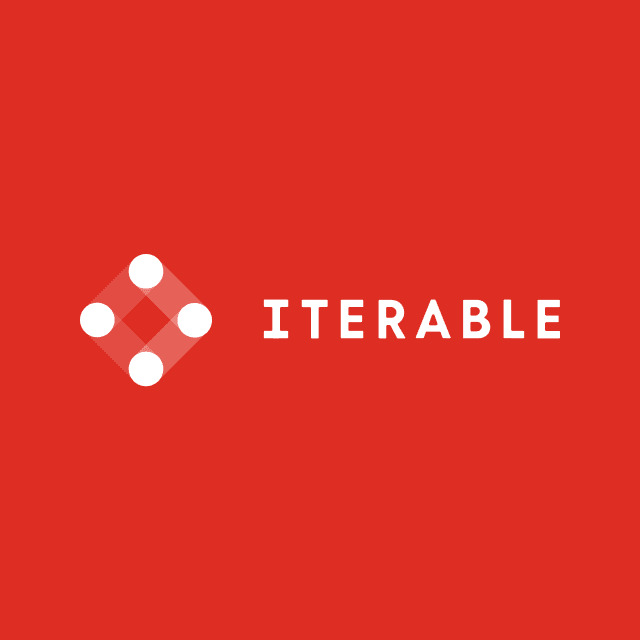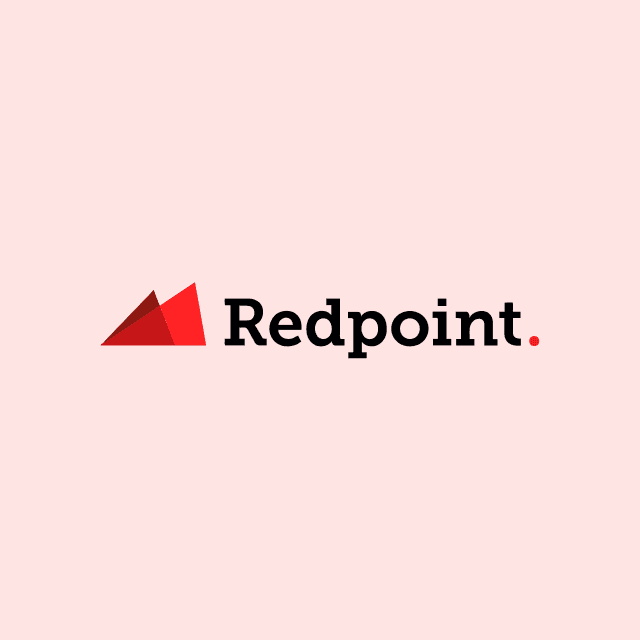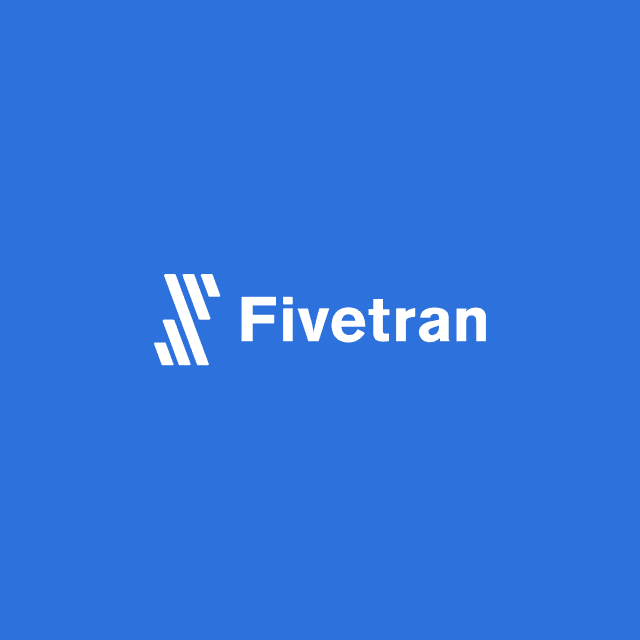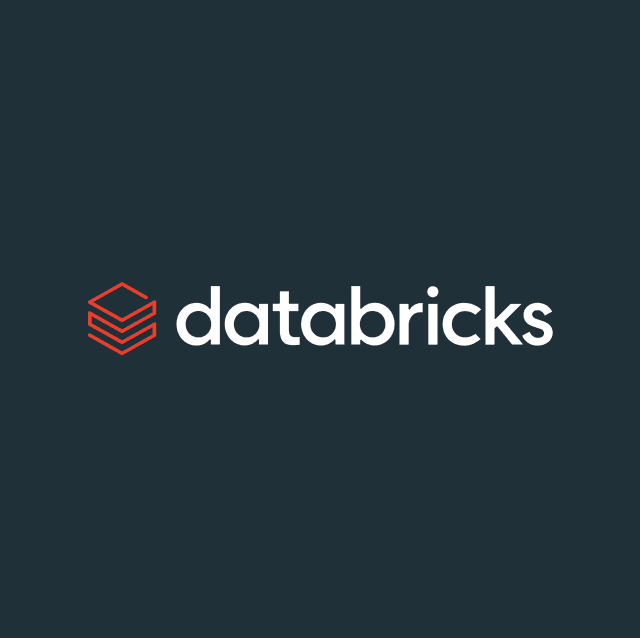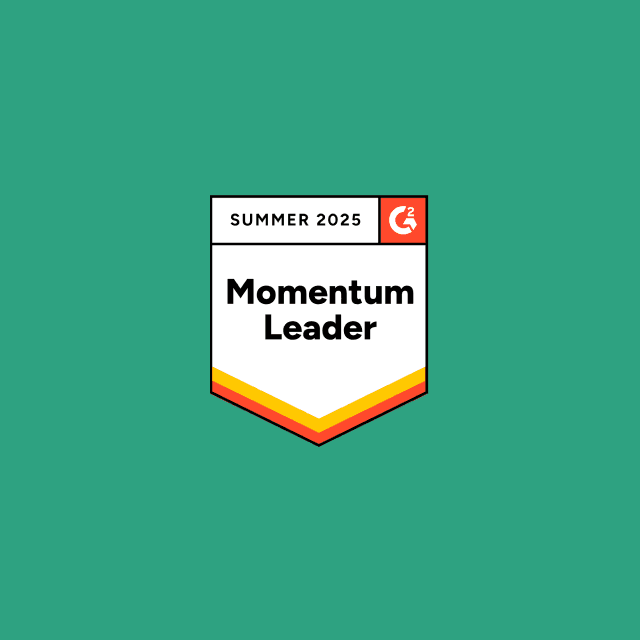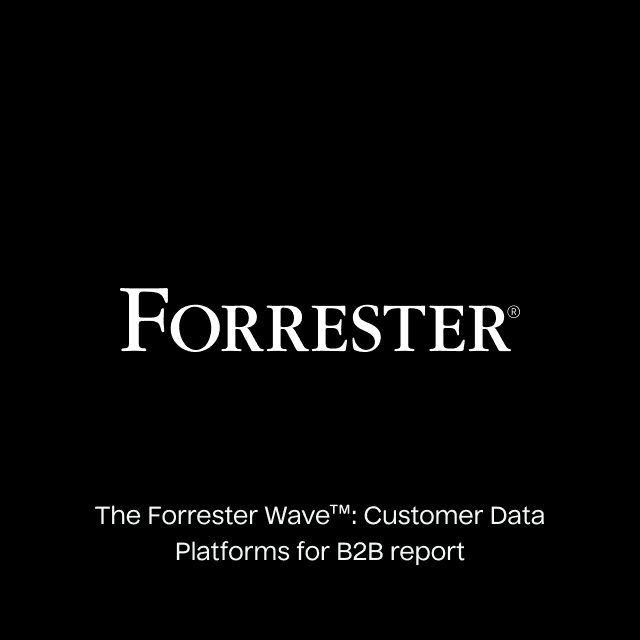In 2023, Facebook generated $131 billion in advertising revenue, which will only increase in the coming years. And what is the secret ingredient to this $131 billion annual recipe? Customer data. With over 2 billion users interacting daily, Facebook (now Meta) owns one of the largest, most valuable consumer data sets in existence.
For years, marketers have relied on the Pixel to send data to Facebook for advertising, but with the rise of ad-blockers and the deprecation of third-party cookies, marketers are forced to rely on their first-party data. Facebook knew the problem this would present to marketers, so they introduced the Conversion API as an AdTech solution.
In this article, you’ll learn:
- What is Facebook Conversions API
- The difference between Meta Pixel and Facebook Conversions API
- How does Facebook Conversions API work
- Benefits of Facebook Conversions API
- What conversions can be tracked with Facebook Conversions API?
What is Facebook CAPI?
Facebook CAPI is an API made available by Meta that lets you send conversion data (such as adding items to a cart or completing a purchase) directly from your server to Facebook’s server. This server-to-server method removes the reliance on browser-based pixel tracking, helping you more effectively get your most valuable signals to the platform for audience building and campaign optimization.
While it may sound more complicated, this server-side tracking solution is a more accurate way to pass signals to Facebook. It's the foundation of a best-in-class integration that can add substantial value to your Facebook advertising efforts through unreliant browser-based pixel event tracking.
Give Your Ad Audiences a Powerful Match-Rate Upgrade
Worried about dropping match rates as cookies disappear? Hightouch Match Booster has you covered. By securely enriching your own data with trusted identity providers, you’ll finally bridge the gap between your warehouse and your favorite ad platforms. Skip the confusion—and start seeing higher returns on every campaign.
Ready to see the difference? Grab your free resource today and supercharge your ad targeting!


Why Does CAPI Matter?
The early days of Facebook Ads showcased relatively simple targeting capabilities. You could build audiences by combining the demographic data provided during user account creation with individual user interests based on their liked pages.
While successful, Facebook couldn’t stop there. To unlock better, more highly personalized advertising capabilities, Facebook rolled out the Facebook Pixel in 2013. The Facebook Pixel (also called the Meta Pixel) is a small piece of code placed on an advertiser’s website that can send customer events back to the platform using cookie-based tracking.
These browser events or “conversion signals” gave Facebook insight for the first time into the down-funnel conversion events occurring outside of the Facebook platform–unlocking new capabilities like retargeting audiences, lookalike audiences, and an end-to-end conversion tracking loop for attribution reporting and spend optimization.
While the Meta Pixel has been wildly successful for the advertising giant, thanks to the rise of ad blockers and continued browser & IOS tracking changes, the ability to reliably send customer signals accurately is on the decline–and with it, the foundation of what built the early days of Facebook Ads.
What is the Difference Between Meta Pixel and Facebook CAPI?
The major difference between Meta Pixel and Facebook Conversions API is how they send conversion data to Facebook servers. The Pixel does so via the browser, which is becoming less reliable. Facebook CAPI sends conversion data from server to server, bypassing the browser and any limitations. For more differences, see the table below.
| Meta Pixel | Facebook CAPI | |
|---|---|---|
| Data Collection Method | Javascript code snippet provided by FB | Server-to-server API |
| Reliability | Impacted by privacy laws, ad-blockers, and network interruptions | High reliability due to direct communication to Facebook servers. |
| Data Type | Only sends browser-based events | Can send ALL your 1st party customer data (including offline events) |
| Implementation | Easy | Can require technical setup |
| Compliance and Data Security | Depends on browser cookies and local storage | Sends data in controlled server environments |
Facebook CAPI vs Facebook Pixel?
Data is an important component of all ad platforms, especially Facebook. The more data these walled gardens have, the better their algorithms can help with attribution, measurement, and ad optimization. The outcome is that you can be confident in spending money, decrease cost per action, and get a good ROAS.
Facebook already has large sums of data from the Meta profiles made up of your demographics, the pages you like, and your user interactions, which helps create the specific audiences you want to target.
However, an important part of helping train the Meta algorithm is providing conversion events. Conversion events result from downstream customer actions, such as page views or purchases. Without setting up conversion events via the conversion API, these server events aren’t visible to Facebook and are valuable feedback for completing the loop for improving its ad algorithms.
Prior to the conversion API, Facebook Pixel sent these conversion events from your website to Facebook. The Pixel would be implemented on your website, then it would place cookies on a user’s browser, allowing Facebook to track the user’s activity, such as button clicks and page views. The benefit of the Pixel was that it was easy to set up.
However, the Pixel was less flexible in the data it could send as it could only gather data from user interactions. Another problem was the increased privacy concerns as users often didn’t consent to the data gathered, which has led to the to browsers like Chrome to begin to deprecate third-party cookies and many new privacy laws and regulations, such as GDPR, CCPA, and CPRA. And with more people using ad blockers that block third-party cookies, these client-side conversion events aren’t being collected.
Facebook understood the value of these conversion events to advertising and the ad algorithms, so it had to devise a solution to allow you to send these conversion events without worrying about breaching privacy laws and ad blockers, so it created the Conversion API. Conversion API allows you to transit your conversion data server side, avoiding any concerns with gathering unauthorized data and ad blockers. Unlike the Pixel, the Conversion API gives you full control over the data you send, so you can specifically control what user identifier or events you send over, so you don’t have to worry about consent issues. With customer data being sent server-side, you can enrich the data from your own first-party data, which isn’t possible via the Pixel.
Even though the Conversion API can be more challenging to set up, it provides a means to send conversion data without relying on the more unreliable Pixel. With the opportunity to send more user identifiers, there is a higher chance of identifying users on Facebook, closing the conversion feedback loop, which provides the algorithms with better data, leading to a better outcome for your ad spend.
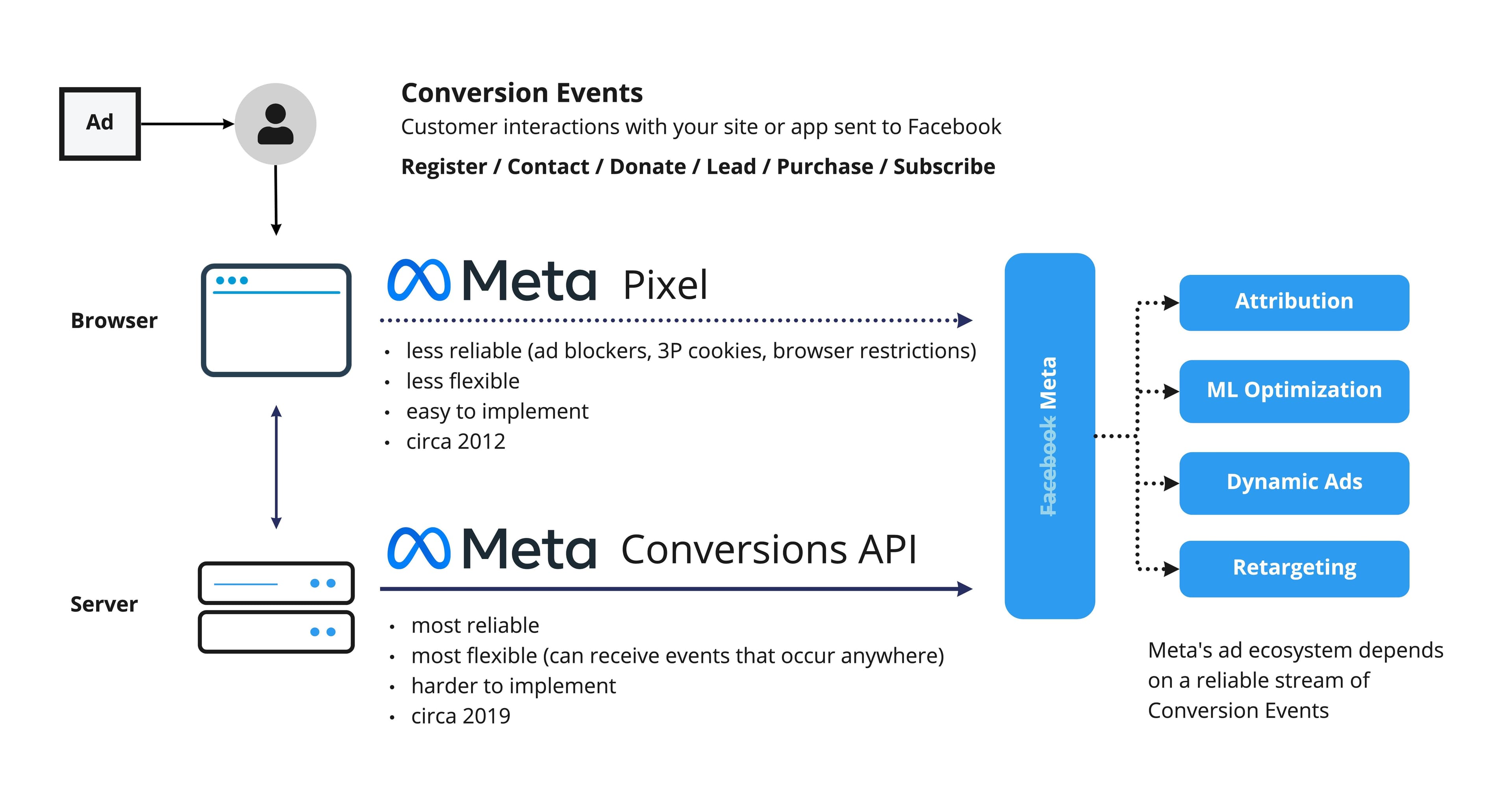
How to Set Up Facebook CAPI?
Two major ways to set up Facebook CAPI are through a partner platform integration or manually setting up a direct integration yourself. The partner integration allows you to set up Facebook CAPI without code as third parties have partnered with Facebook, so you only need to work through a setup wizard that takes care of all the heavy technical aspects. Manually setting up Facebook CAPI requires you to provide more details on what custom events you will be sending over and involves technical knowledge to implement.
To ingest your data into Facebook CAPI, you'll need to leverage a Reverse ETL platform like Hightouch. Hightouch connects directly to your data warehouse and enables you to sync enriched conversion events directly to Facebook so you can optimize your targeting, increase return on ad spend (ROAS), lower customer acquisition costs (CAC) and boost match rates. Best of all, you schedule these data syncs manually or on a set schedule that you define.
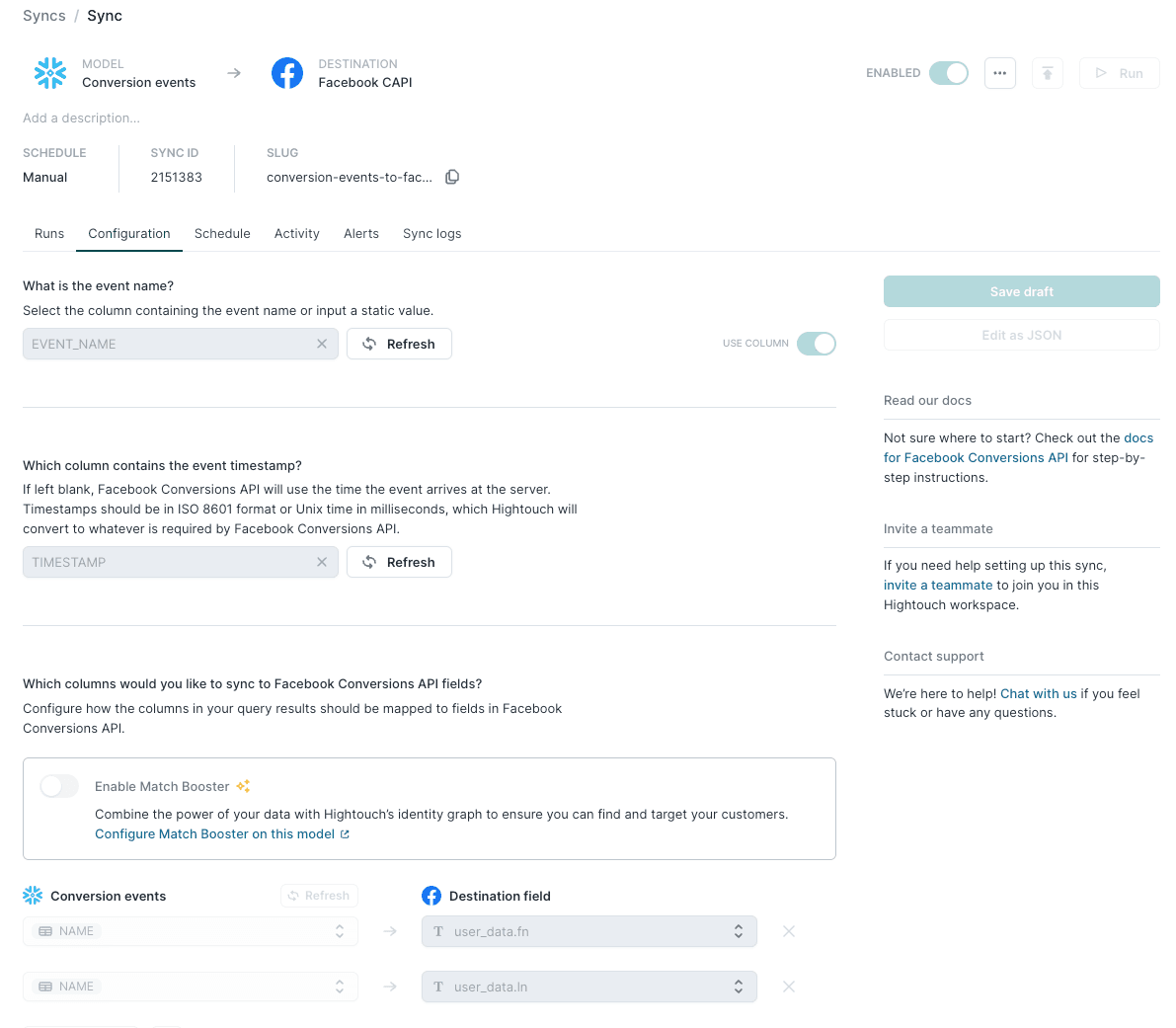
If you want further information on these processes, read our article on how to set up the Facebook CAPI via these three methods.
Facebook CAPI Use Cases
There are two major benefits of using Facebook CAPI and the ability to send more data than with the Pixel: enriched conversion events, synthetic conversions, and match boosting.
Enriched Conversion Events
One problem with the Pixel was that you didn’t control the data sent to Facebook. So you’d have all this valuable customer data sitting in your warehouse to enrich your conversion events but no way of sending it to Facebook.
The Conversion API, however, lets you have complete control over the data you send, so you can include data such as customer’s email address, geographical data, name, date of birth, etc., that was never collected by the Pixel. Adding this data to your conversion events means you have a higher chance of matching customers on Facebook, resulting in better attributions of your campaigns and better targeting.
Synthetic Conversions
As part of the data you can send via the Conversion API, you can send the value of a successful conversion. If you choose to maximize the value of conversions or maximize ROAS as a bidding strategy, sending this value is important. It informs Facebook of valuable user behavior so the algorithm can find others.
However, Facebook has a restriction for attribution where you need to send the conversion data within seven days of a customer clicking an ad. Some conversion events take longer than seven days before you know a value, like a customer starting a trial, so synthetic conversions can help solve this problem. You can work out the value of conversion through factors such as propensity modeling or how closely a customer aligns with your ICP, which can then help you inform what the value can be.
For example, if you were running ads to users to get demo requests as a B2B company and each deal on average was worth $250,000 and closed 40% of the time, the value of a demo request would be estimated to be $100,000. Each time someone books a demo, you send that event data back to Facebook alongside the value of $100,000.
Rather than not sending this data at all and providing Facebook with an important metric in the feedback loop, synthetic conversions allow you to send a conversion value so Facebook can understand the performance of your ad campaigns and better train the bidding algorithms.
Match Boosting
One important component of sending conversion events to Facebook is matching your customer data with Facebook’s customer database. On average, you can expect a 50% or lower match, so you need to do what you can to increase the chance of a match or sending your conversion events is worthless.
The use of third-party data can help you increase match rates. Third-party data is available from data brokers or a data onboarding company to gain customer data you don’t have. A perfect example is when a customer has signed up with their business email address. It’s unlikely that someone would use that to sign up for Facebook due to the personal nature of Facebook, so it would be difficult to match with this identifier. However, it’s possible that a third-party broker would have both business and personal email addresses, so if you can send that data, the chance of a match increases.
Using a data broker or a data onboarding can be expensive, resulting in storing sensitive data on its platform, and the onboarding process can be very time-consuming. To simplify this process, a tool like Hightouch can help you enrich your data with top third-party data brokers providing additional user identifiers to increase the match rate.
Final Thoughts
It’s clear that we are in the dying ages of the Pixel, with adblockers becoming more popular and new privacy laws coming into place. To combat this shifting landscape, you need to be leveraging your first-party data.
Hightouch is the easiest way to send conversion events to the Facebook Conversions API. If you want to get started, book a demo and speak to one of our solutions engineers.






